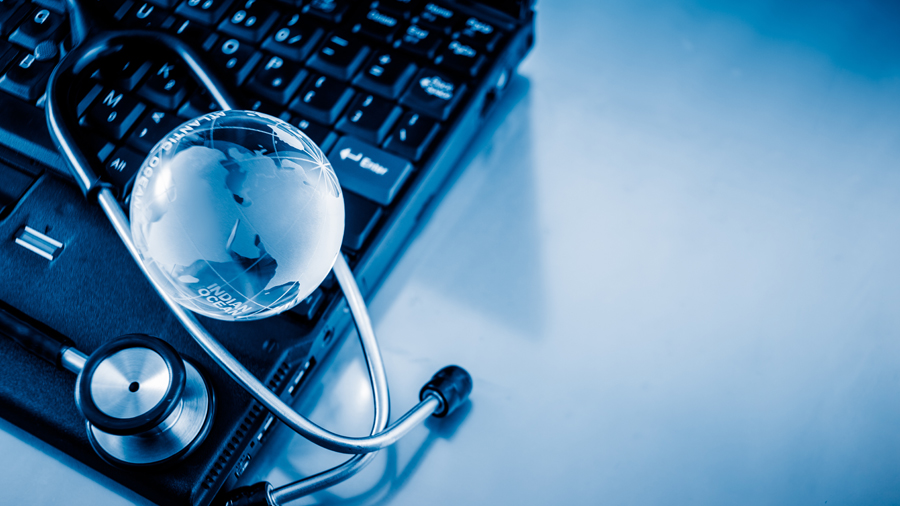When someone begins an IT services contract with us, our first step is to gather information about their current business and IT environment. Often, this discovery phase uncovers a disconnect in their communications situation. Here are five common pain points we see:
Pain Points
- Network Performance: The efficiency of your organization depends to a large extent on the efficiency of its network and applications. If your applications are running slowly or freezing up, this can irritate and slow down your workforce.
- Scaled Growth: Whether it’s meeting the user maximum on a VoIP plan, needing more physical phonelines for your in-office staff, or creating dedicated lines for clients, are you struggling to make your connectivity plan work for the current reality of your organization? The plan that worked for you when the contract was signed three years ago may not support the bandwidth needs of the user base you have now.
- Overpaying: We often find that better plans have become available but the provider is not notifying the client, so you’re paying more than necessary for their services. On top of that, when your contract with a provider expires, most of the time they jack up your rate to motivate you to sign another deal.
- Downtime: What does one hour of downtime cost your business? If you have a team of 20, and we figure your average hourly cost for this team is $1,000, one hour of downtime is roughly ten times more expensive than paying for a redundant cable connection. A company may be struggling with frequent downtime without understanding that it’s directly tied to an outdated or insufficient connectivity solution. At healthcare facilities, for example, admissions, medication orders, medical records, guest Wi-Fi—all of it depends on your Internet and phone lines. If they go down, this can directly affect your revenue and your compliance status.
- Mobility: Do you have a mobile workforce and find your communication solutions lacking in field applications or support? Especially in the wake of the pandemic, many organizations are moving to a work-from-home arrangement, and are scrambling to keep their team communicating, both internally and with customers.
How We Can Help
If your organization is struggling in one of these areas, we have a five-step process to help.
- Discovery: We start by collecting information. What is and is not working well? What system(s) are you currently using? Why are you looking for a change?
- Research: This is a big part of the value of our partnership. We navigate the telecom landscape for you, conducting extensive research on what options or alternate providers are available in your area. Who provides physical service to your building? What plan sizes are offered? We compile all of this into a spreadsheet to help you compare your options.
- Review: We go over the pros and cons of each option, set up webinars or demos with providers, request a proposal from chosen providers, and review those with you as well. We then negotiate with the provider to make sure we have the best promotions and are getting you the best services at the best possible price.
- Implementation: We will manage the implementation process all the way to the final sign-off. From billing to design to installation to training your team on the new system, we are your partner and advocate in dealing with the provider.
- Post-sale support: We don’t stop once you’re up and running; if you have any technical support needs, we work with the provider on your behalf and hold them accountable for a timely fix.
With an optimized connectivity solution, you’ll see these benefits:
- Better application performance: Increased bandwidth can eliminate packet loss, latency & jitter.
- Minimized downtime: Building true redundancy into the network by setting up primary & secondary connections cuts down on costs and compliance issues.
- Expense management: By negotiating a better rate or finding a better plan for you, we help you redirect your budget dollars toward other organizational goals.
- Expert assistance: We know the industry and the system; put our expertise to work for you to get you the best bang for your buck.
FIT Solutions and our partners work to provide elite IT services to organizations. Give us a call today at 888-339-5694 or contact us here to see how we can improve your business environment.









